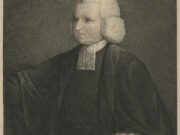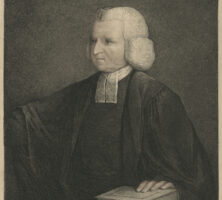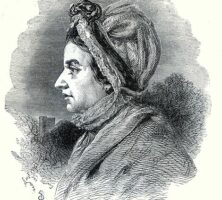Charles Wesley, along with his older brother John Wesley, was a founder of Methodist societies as well as a Methodist hymn writer and preacher.
His 6,500 hymns, seventeen years of itinerant preaching, and superintendence of the London societies make him a major figure in the creation of the Methodist movement. His love for the Church of England is largely responsible for the Anglican tradition within Methodism.
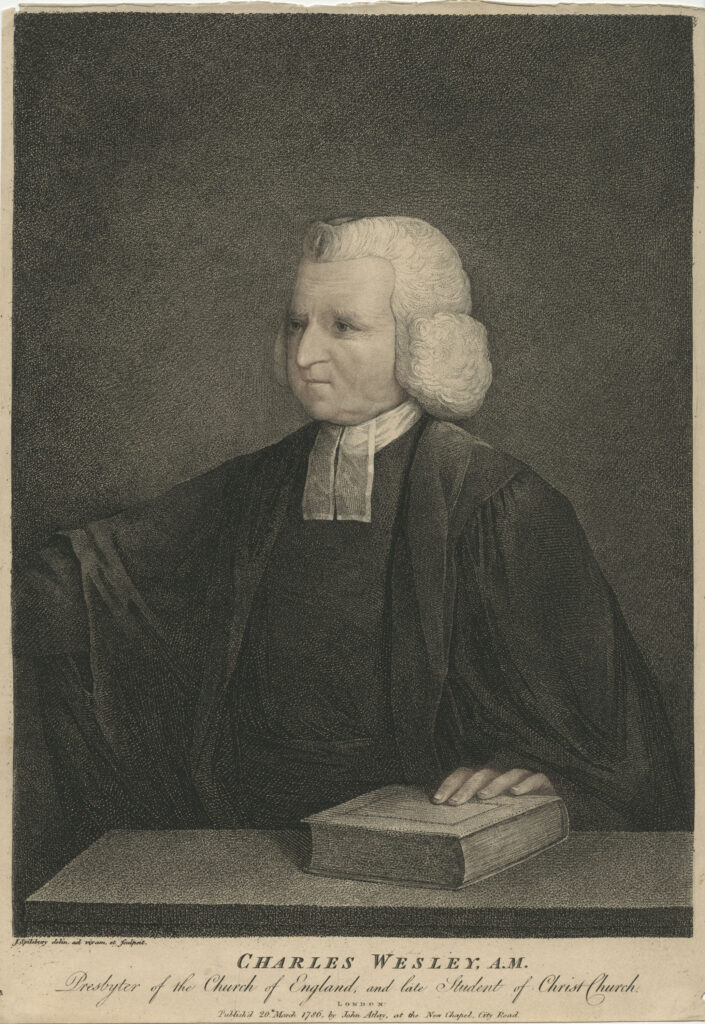
Early Life and Travels
Born in Epworth Rectory, Lincolnshire, England, on December 18, 1707, Wesley was the third surviving son and probably the eighteenth child of Susanna and Samuel Wesley. He was educated first by his mother and then at Westminster School and Christ Church College, Oxford. In 1729, while at Oxford, he initiated the Holy Club, whose members were nicknamed Methodists. One of those who joined the club was the future evangelist George Whitefield, who was then studying at Oxford’s Pembroke College. Wesley received an A.B. degree in 1730 and an M.A. degree in 1733.
Ordained a deacon and priest in 1735, Wesley accompanied his brother John, a missionary for the Society for the Propagation of the Gospel in Foreign Parts, to Georgia. Charles served as secretary to James Edward Oglethorpe, Georgia’s founder, and as chaplain at Fort Frederica on St. Simons Island. The experience was not a positive one for Charles. His strictness in matters of religion caused difficulties, and he returned to England in 1736.
Charles’s spirits were buoyed by John’s return from Georgia in February 1738. Charles hoped to return to Georgia as a missionary, but ill health prevented it. He had been very impressed by the Moravians he had met in America, and in February 1738 he traveled to Oxford, where he met Peter Bohler, a Moravian missionary, and began teaching Bohler to speak English. His association with Bohler led to Wesley’s conversion on Pentecost, May 21, 1738.
Ministry
Entering the itinerant ministry in 1739, Wesley preached to huge crowds, appearing with both his brother John and Whitefield. His collection Hymns and Sacred Poems was published that same year. According to one early Methodist, “His preaching at his best was thunder and lightning.” In 1749 Wesley married Sarah Gwynne. The couple had eight children, but only three of them survived to maturity. Wesley continued to travel until 1756, but his emotional preaching took a toll on his health, and he was frequently depressed.
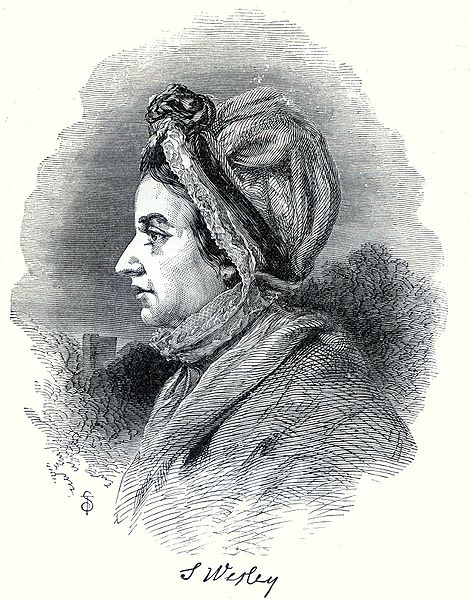
In 1771 Wesley and his family moved from Bristol to London, where he served and superintended the Foundery (or Foundry) and City Road Chapel. He continued to write hymns, and his two sons, Charles and Samuel, were considered musical prodigies. In 1780 Wesley’s A Collection of Hymns for the Use of the People Called Methodists was first published. Other editions appeared in 1876 (with a supplement), 1904, and 1983. Collection, in which some hymns are attributed to both John and Charles Wesley, remains the standard Methodist hymnal. Wesley’s commitment to God and man is expressed in such hymns as “Hark! The Herald Angels Sing,” “Love Divine,” and “Christ the Lord Is Risen Today.”
Wesley died at his home in London in 1788 and is buried in St. Marylebone churchyard.


